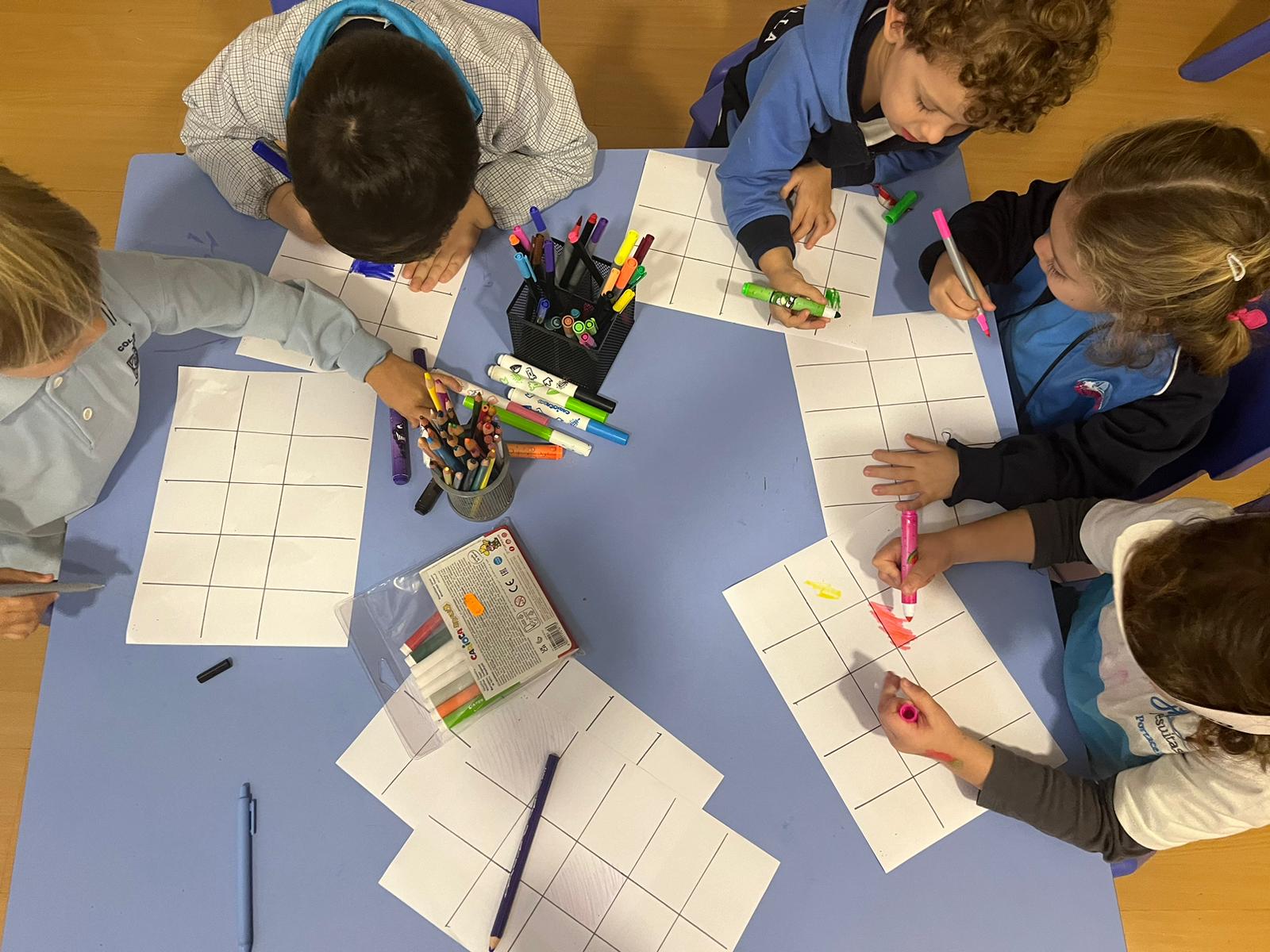In today’s increasingly globalized world, bilingualism is more than just a valuable skill — it’s a key to unlocking cognitive, social, and academic success. In Wonderland, we promote bilingualism in an immersive environment from the ages of 0-3 years old but the years between 3 and 6 are just as critical for language development. Maintaining bilingualism during the period from 3-6 years old can have lasting benefits for a child’s overall growth and help them to expand on the skills and foundation of the language that they have gained from the ages of 0-3 years old. But why is this period so important, and how can we continue to support bilingualism in young children?


From the ages of 0 to 6, children’s brains are like sponges, absorbing and processing language at a rapid rate. This is the window of opportunity when they are most receptive to learning and mastering multiple languages. Research has shown that children who are exposed two or more languages during these years will experience enhanced cognitive abilities which include better problem-solving skills, increased cognitive flexibility and improved multitasking. These early cognitive benefits lay a strong foundation for future learning. As children continue to grow, they often perform better academically and develop a stronger capacity for abstract thinking. Therefor by continuing their bilingual experience in their second cycle of early education, their brains can navigate their second language in the same way it is learning their first one.

Another important advantage of continuing a second language is that bilingual children are not just learning two languages; they are also learning about different cultural contexts. This makes them better at understanding nuances in communication, such as tone, gestures, and non-verbal cues, which are essential in building effective relationships. A second language encourages them to have stronger listening skills and an improved vocabulary. By maintaining bilingualism during these formative years, children are given a solid base to communicate with a wider range of people, fostering inclusivity and empathy. Encouraging bilingualism from a young age ensures that children grow up with a global mindset, developing both the empathy and curiosity to engage with the world.


Supporting bilingualism during these early childhood years is crucial, but it requires consistent effort. As the children grow and develop, we can alter the ways in which we help them to continue their learning of a second language. In Wonderland, we support bilingualism in a supportive and safe immersive environment from the ages of 0-3, but it´s just as important to try and continue this same level when the little ones go onto their next educational step. Here are a few tips for parents, caregivers, and educators to continue fostering bilingualism:

The benefits of bilingualism are undeniable, especially in the critical developmental window between ages 3 and 6. During these formative years, children’s brains are primed for language acquisition, and continuing bilingualism during this period not only enhances cognitive and academic abilities but also fosters social, cultural, and emotional growth. By nurturing bilingualism, we equip children with the tools they need to thrive in an interconnected world — a world where the ability to communicate in more than one language is a key asset for both personal and professional success.
As parents, caregivers, and educators, we play a crucial role in ensuring that children continue to grow in their bilingual abilities, opening doors to a world of opportunities and enriching experiences for years to come.